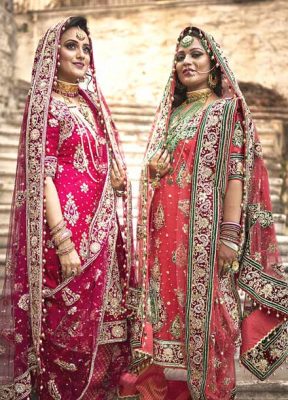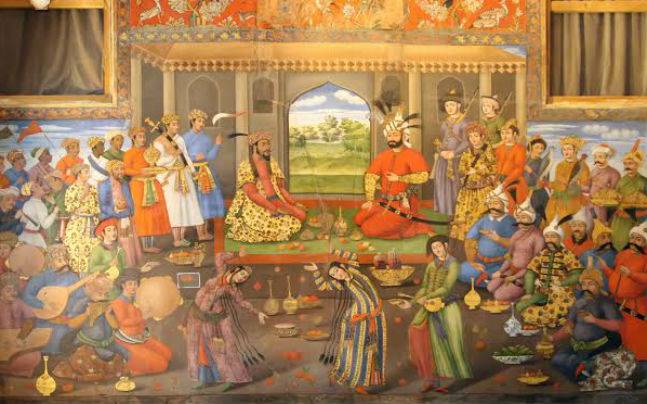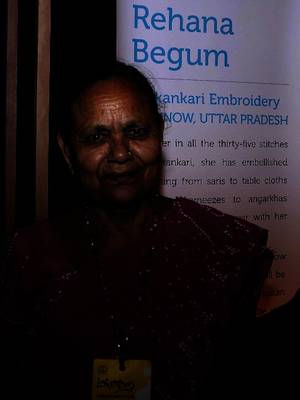Hyderabad, TELANGANA :
This ubiquitous garment owes its origin to the 17th century with the techniques changing over the years
Hyderabad Based photographer Soumyajit Basu is known for his keen eye for intricate creations. This time he took up capturing the ‘Khada Dupatta’ which are the first choice of any true blue Hyderabadi ladies. He captured the beauty of the work with his models Afreen and Mehak and makeup done by Ayesha.
Originating in the 17th century, craftsman from Turkey and Persia were invited to India by Mughal Empress Noor Jehan and passed on the secret art of crafting to the nobles and their descendants. Later, the begums of Nizams of Deccan adapted the original Mughal style, especially in the form of khada dupattas which became the traditional attire of Mughal ladies.
Though this was a culture that was more defined in the later half of Asaf Jahi dynasty in Hyderabad, the montage gallery at Chowmahalla Palace, exhibits the royal dresses of Nizams Begums which include khada dupatta. The gallery also displays a tableau on the life of the begums. Quite a few don the khada dupattas — a four-piece ensemble that includes a trailing dupatta, one such khada dupatta adorned with intricate zari work weighs a whopping 17 kg.
The dress comprises of churidaar, a veil/dupatta which is six-yards in length, a kurta where the dupatta falls straight due to its heavy weight. This is accompanied by heavy jewellery which compliments the dress embroidered with zari and other work to give it a rich look. The dupatta is the largest part of the outfit and is made of tissue material.
Today, however, brides opt for net and even Banarasi dupattas since tissue does not fall gracefully. The colours preferred are usually golden yellow/ red and green. The silk tissue is hand-crushed and reduced to the width of a half metre. The border is adorned with handiwork of dabka, beads, mirrors, kundan and tikkis.
Golden trimmings on both sides of the borders give an antique touch to the royal ensemble. Front and back panels are embellished by handmade borders which are adorned with zardosi embroidery. Due to this, it has now become a traditional dress for all Muslim brides in Hyderabad.
The culture still exists in Hyderabad today, more largely among Hyderabadi Muslims. The improvisation has been a gradual process. “So as a fashion and portrait photographer, it was necessary to visit the fashion history of the City of Nizams, as even today khada dupatta makes many ladies stand out when paired with right accessories,” says Soumyajit Basu.
source: http://www.telanganatoday.com / Telangana Today / Home> Lifestyle> Fashion / by Madhuri Dasagrandhi / January 27th, 2020


















